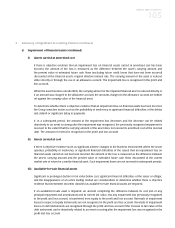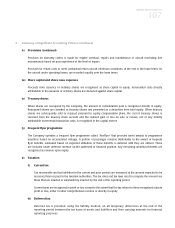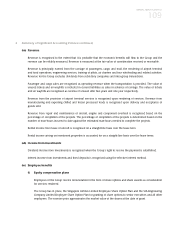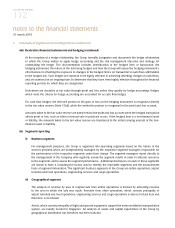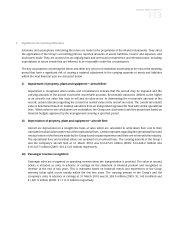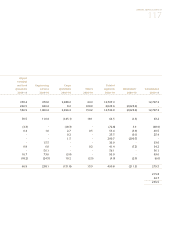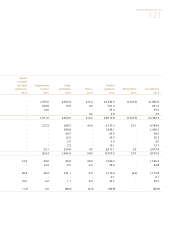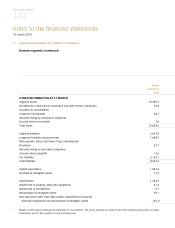Singapore Airlines 2010 Annual Report Download - page 114
Download and view the complete annual report
Please find page 114 of the 2010 Singapore Airlines annual report below. You can navigate through the pages in the report by either clicking on the pages listed below, or by using the keyword search tool below to find specific information within the annual report.SINGAPORE AIRLINES
112
2 Summary of Significant Accounting Policies (continued)
(ah) Derivative financial instruments and hedging (continued)
At the inception of a hedge relationship, the Group formally designates and documents the hedge relationship
to which the Group wishes to apply hedge accounting and the risk management objective and strategy for
undertaking the hedge. The documentation includes identification of the hedged item or transaction, the
hedging instrument, the nature of the risk being hedged and how the Group will assess the hedging instrument’s
effectiveness in offsetting the exposure to changes in the hedged item’s (or transaction’s) cash flows attributable
to the hedged risk. Such hedges are expected to be highly effective in achieving offsetting changes in cash flows,
and are assessed on an ongoing basis to determine that they have been highly effective throughout the financial
reporting periods for which they are designated.
Derivatives are classified as fair value through profit and loss unless they qualify for hedge accounting. Hedges
which meet the criteria for hedge accounting are accounted for as cash flow hedges.
For cash flow hedges, the effective portion of the gain or loss on the hedging instrument is recognised directly
in the fair value reserve [Note 15(d)], while the ineffective portion is recognised in the profit and loss account.
Amounts taken to the fair value reserve are transferred to the profit and loss account when the hedged transaction
affects profit or loss, such as when a forecast sale or purchase occurs. If the hedged item is a non-financial asset
or liability, the amounts taken to the fair value reserve are transferred to the initial carrying amount of the non-
financial asset or liability.
(ai) Segment reporting
(i) Business segment
For management purposes, the Group is organised into operating segments based on the nature of the
services provided which are independently managed by the respective segment managers responsible for
the performance of the respective segments under their charge. The segment managers report directly to
the management of the Company who regularly review the segment results in order to allocate resources
to the segments and to assess the segment performance. Additional disclosures on each of these segments
are shown in Note 4, including the factors used to identify the reportable segments and the measurement
basis of segment information. The significant business segments of the Group are airline operations, airport
terminal and food operations, engineering services and cargo operations.
(ii) Geographical segment
The analysis of revenue by area of original sale from airline operations is derived by allocating revenue
to the area in which the sale was made. Revenue from other operations, which consists principally of
airport terminal and food operations, engineering services and cargo operations is derived in East Asia and
therefore, is not shown.
Assets, which consist principally of flight and ground equipment, support the entire worldwide transportation
system, are mainly located in Singapore. An analysis of assets and capital expenditure of the Group by
geographical distribution has therefore not been included.
notes to the financial statements
31 march 2010





